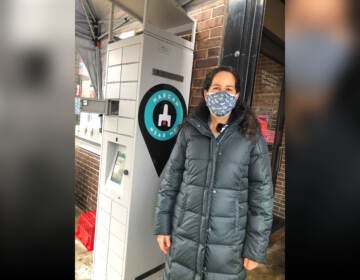Drug overdose deaths have been rising for 40 years, and opioids aren’t the only problem
Drug overdose deaths "have been on an exponential growth curve" that began years before the rise in opioid prescriptions seen in the mid-1990s.
A study from University of Pittsburgh Graduate School of Public Health shows drug overdose deaths have steadily increased over the past four decades, years before prescription opioids first flooded the streets.
Dr. Donald Burke, the graduate school’s dean and the paper’s senior author, said drug overdose deaths “have been on an exponential growth curve” that began years before the rise in opioid prescriptions seen in the mid-1990s.
“What’s surprising about this is that every point fits on the curve in a regular pattern,” Burke said. “The growth is approximately 8 percent every year, and it’s been going on for 40 years.”
That wasn’t immediately obvious, Burke said. When researchers focused on one type of drug, such as cocaine or methamphetamine, they saw overdose deaths go up and down from year to year. However, when researchers plotted all overdose deaths, they saw a “remarkably smooth, long-term epidemic growth pattern” in the statistics.
Burke said that this insight is invaluable for understanding the forces leading to drug addiction. “The first part of this curve started before the current opioid epidemic, and that suggests that the current opioid epidemic is part of a larger process.”
The wide availability of prescription drugs, tied with lower prices for heroin, did factor in the increase, Burke said. However, “push factors” such as a decline in steady employment and “social dissolution” also played a role.
He noted, while efforts to combat opioids are well-founded, policymakers should also focus on broader issues: providing better health care and good jobs, and strengthening communities. Otherwise people are likely to seek out other drugs when one drug is removed from the streets.
Click here to read the research article in Science magazine, published Sept. 20, 2018.
WHYY is your source for fact-based, in-depth journalism and information. As a nonprofit organization, we rely on financial support from readers like you. Please give today.



